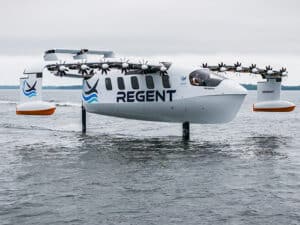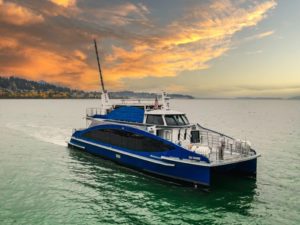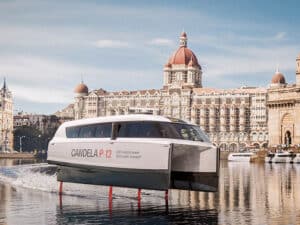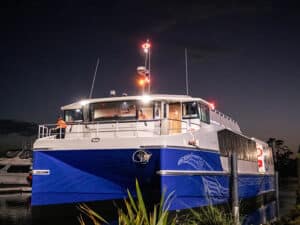
Electric-ready ferry will feature Schottel main propulsion
Written by Nick Blenkey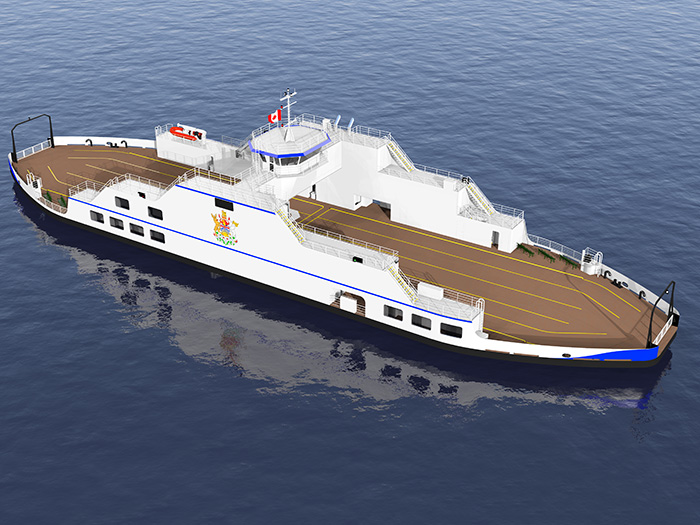
The new Kootenay Lake ferry has been designed for fully electric operation once shore poweris available.
The 89 meter long double-ended car/passenger ferry being built by Western Pacific Marine Inc. at its Vancouver, B.C., shipyard for the British Columbia Ministry of Transportation will feature a Schottel main propulsion system.
Capable of carrying 250 passengers and crew, as well as 61 automobile equivalents, the RO/RO ferry has been designed by naval architect firm Polar Design Sales and will be delivered in the second half of 2022. It will serve the Balfour – Kootenay Bay route across Kootenay Lake.
In line with the British Columbia’s aim to electrify 100% of its inland ferry fleet by 2040, the new ferry will be built with an advanced hybrid power solution from Wärtsilä (see earlier story). By 2030, once shore power is in place and the technology has been tested for reliable daily use, a full conversion will be made from diesel to electric propulsion.
MAIN PROPULSION
The main propulsion consists of four Schottel TwinPropeller units type STP 150 L (360 kW each), driven by efficient PEM (permanent magnet) motors. With a propeller diameter of 1.1 meters, the STPs will give the vessel a speed of up to 13.5 knots.
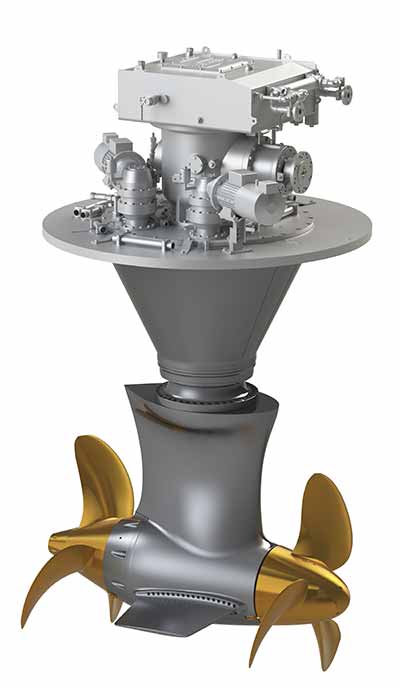
In order to ensure a fully reliable 24/7 service, a fifth structurally identical unit has been ordered as a spare unit.
To ensure quick and easy installation at the future operational site, the TwinPropellers will be delivered as plug-and-play units and are designed so that they can be serviced while the vessel is afloat.
The Schottel TwinPropeller propulsion solution is well suited for vessels or applications with limited installation space, draft or propeller clearance. Based on the principle of the proven SRP, the STP ensures combined thrust and 360-degree maneuvering power with its two co-rotating propellers. Distributing the load over two propellers boosts the propulsion system’s efficiency and noise and vibration levels underwater and on board are reduced to a minimum.


